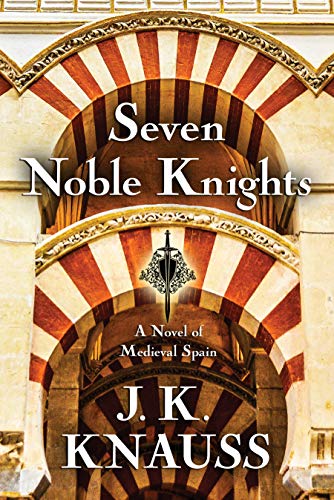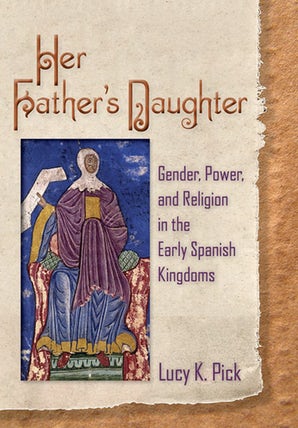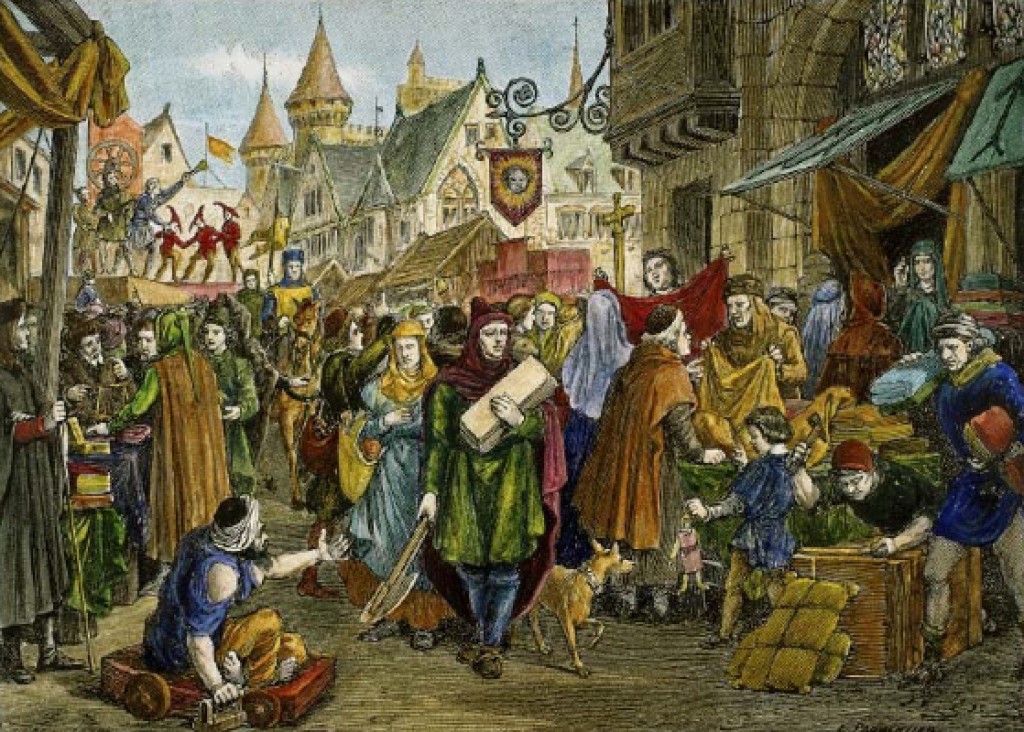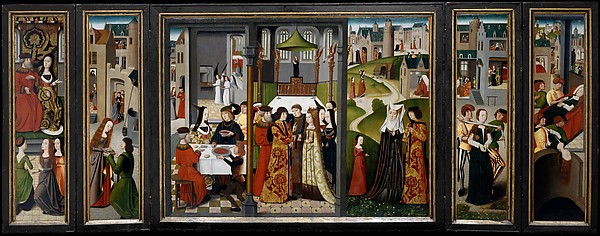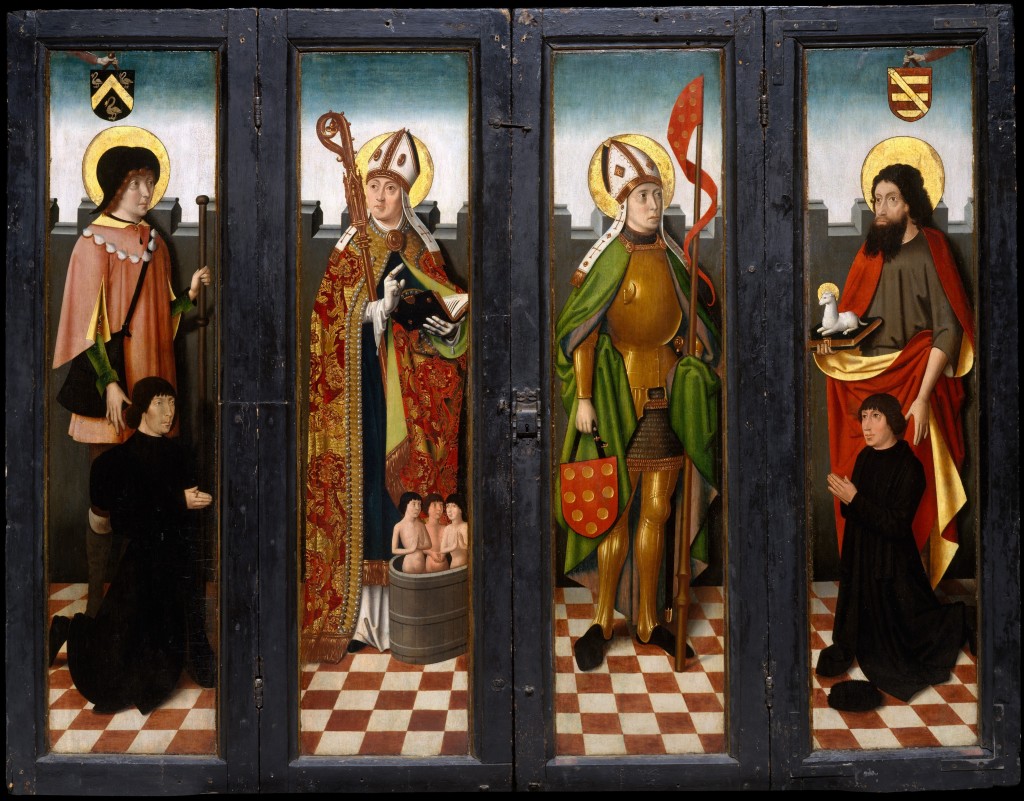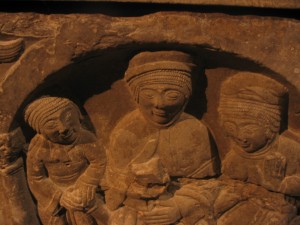Medieval historians need to do a better job of talking about race.
I’ve been thinking about this for a while now, at least since last January when I attended a panel on race in medieval European history at the AHA and was part of another panel on “relevance” in the study of the Middle Ages and Early Modern Europe down the street at the MLA. I’ve been thinking about it in a more systematic fashion over the last few months as the Lexicon Project — a group of faculty and students at the University of Chicago who gathered initially to talk about the lexicography of sexuality and gender — has expanded its focus and its community this quarter to discuss race, and as a goad to our discussion, we’ve been reading a range of scholarship in the area.
I have also been thinking about it because instead of working on hagiography and dialogue and nuns, as I thought I’d been doing now, my attention has been called back to the project I began my career as a medievalist with, back to the thirteenth-century archbishop of Toledo, Rodrigo Jiménez de Rada and relations between Christians, Muslims, and Jews. I’m working on two things at the moment — an article on Jiménez de Rada’s globalism, and a longer piece on Jewish and Christian intellectual exchange and competition.
Working on the article has made me realize what an awful lot of evidence historians of medieval Spain have left on the ground, evidence that could be used for a rich and fruitful discussion of race in the Middle Ages. Working on the other project has returned me to something I observed in my first book, Conflict and Coexistence: Archbishop Rodrigo and the Muslims and Jews of Medieval Spain, about the difference between the contemporary historiography of medieval Christian-Jewish relations and the historiography of medieval Christian-Muslim relations. As I wrote in 2004:
“The perceived breakdown in harmony between Jews and Christians is perceived as a puzzle, as a problem, and different factors are adduced by scholars to explain this perplexing state of affairs. By contrast, conflict in relations between Christians and Muslims is taken for granted and seems to need no explanation.”
At the time, the model of difference I was using was that of alterity, inspired somewhat by David Tracy’s Dialogue with the Other and Julia Kristeva’s Strangers to Ourselves. I think now that race might have been a more effective and sharper tool for understanding the difference between those two historiographies. Put simply, most of us who study Christian-Jewish relations in medieval Iberia are Jews of one kind or another. We’re of an age that we grew up, one way or another, in the long shadow of the Nazi racialist project. The one thing, perhaps, that unites us is that we know we do not want to be a race. We know what happens when Jews become a race. We’re just like you! we say. We’re white! We’re European/American/Canadian! It’s weird that you guys did all those awful things to us but we’re willing to let bygones be bygones if you let us into your universities! And we’ve been very leery of allowing race to be one of our categories of analysis for interpreting the Middle Ages, and we pretzel ourselves into knots trying to avoid it, as the news mounts up from the Tree of Life, from desecrated cemeteries, from Twitter and 8chan, that a race is not something you choose for yourself; it is something others ascribe to you.
And into this historical moment comes Geraldine Heng’s The Invention of Race in the European Middle Ages. I remember the man who became my doctoral advisor, Jocelyn Hillgarth, lamenting in the very first session of the very first class I took with him that no one wrote big books any more, no one took risks or made big arguments. This is a big book. And what it offers us is a way to cut through the anxiety medieval historians have felt about speaking of race in the Middle Ages — fears of anachronism, fears of a teleology that begins with us, obsession with biology, with vocabulary, with colour, with DNA, all these things that have made us wishy-washy and hesitant.
Race has no substantive content, Heng says. Race has no substantive content. Rather, it is “one of the primary names we have — a name we retain for the strategic, epistemological, and political commitments it recognizes –that is attached to a repeating tendency, of the greatest import to demarcate human beings through differences among humans that are selectively essentialized as absolute and fundamental in order to distribute positions and powers differentially to human groups.”(p. 3, 27) I’ll emphasize some of words I think are key in this formulation: Race is a name. The phenomena it describes are repeating and grave. It demarcates differences that are essentialized as foundational. These differences are used as the basis for differential distributions of power.
Race is not a single “thing.” It is a structural relationship for the articulation and management of human differences.” (p.3, 27) And it is one of the factors that creates the European subject.
This is not a review of Heng’s book. For one thing, I haven’t finished reading it. I’m sure there are places where I will disagree with this interpretation or that — I can already see a few spots where my own argument would be different. That’s not the point. I don’t take this as the last word. I take it rather as an invitation do further work, and as a gift of a powerful tool that we can use for understanding when differences that are religious or ethnic or physical or gendered become racialized (and when they don’t or haven’t and how this changes or doesn’t over time). Talking about race in the Middle Ages is not going to be about finding a particular word used, or a physiognomy described, though those may be the clues we use as evidence. Each case has to be argued on its own merits. We will disagree.
Time to get to work.

